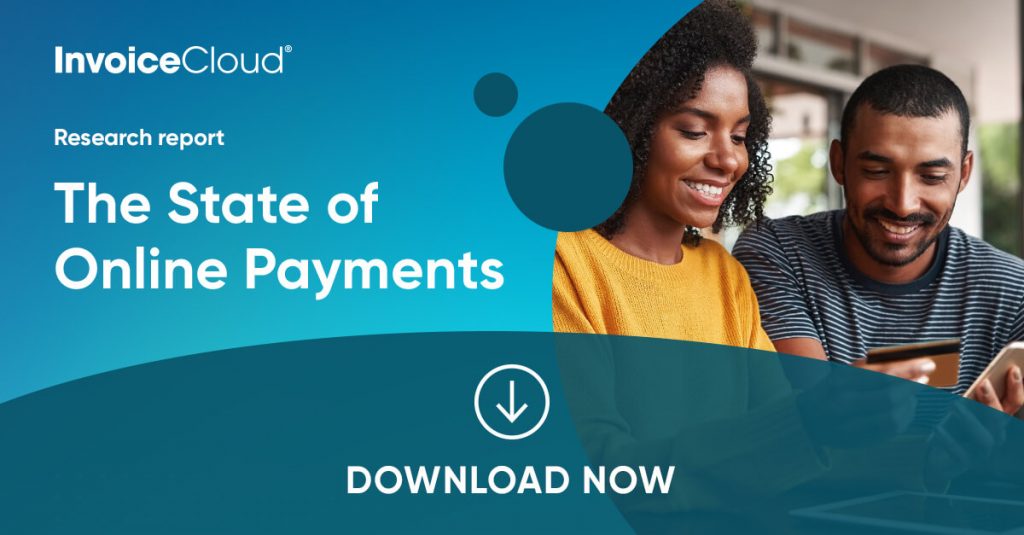It’s no industry secret: county tax offices are facing staffing issues. Between growing rates of retirement and the struggle to find applicants for vacant roles, many counties cycle between the growing need to reduce office workload and the inability to hire staff to cover the workload. Every day becomes more hectic when teams are stretched too thin to keep up, which eventually compounds into overwhelming and frustrating tax events (for employees and constituents).
To retain and attract talent while streamlining processes, county tax offices need to find ways to automate daily manual tasks, especially around critical items like billing and collections. By taking a more proactive, technology-driven approach to tax events, counties can improve collection efficiencies while increasing satisfaction for constituents and employees alike.
Here are a few ways digitizing billing and payment-related tasks can help make your county tax office an all-around better place to work.
How to Improve the County Tax Office Experience (for Staff and Residents)
1. Reduced hours for county tax office staff
Working for a county tax office can be overwhelming during tax events and throughout the year. Staff often come in early, go home late, and at times work over the weekends to catch up with mailed-in payments and other work they do not have time for during business hours.
Giving taxpayers the option to make self-service payments (via an online portal, a mobile device, a pay-by-phone service, etc.) can reduce the need for in-person visits, freeing up staff to focus on more pressing issues. Digital self-service options can also help tax offices decrease mailed-in payments, payments taken over the phone, and late payments overall.
The InvoiceCloud team has helped countless municipalities nationwide streamline their county tax collections and significantly reduce late or delinquent payments. With digital payments, there’s no more last-minute rush, no need to work weekends, and no need to borrow staff from other offices.
2. Happier constituents
When your staff is scrambling to keep up with workloads, constituent satisfaction often becomes at risk. Residents experiencing long wait times to make a payment in-person or on the phone will grow frustrated, sometimes causing them to abandon payment altogether. In fact, InvoiceCloud’s State of Online Payments report found that the “inability to contact customer service” is the #1 concern for bill payers heading into 2023.
Digital payment options allow residents to easily self-serve, reducing the need for in-person visits, waiting on hold, or standing in line. This not only discourages delinquencies but leads to fewer phone calls to the office, reducing the pressure on staff and making for an all-around more positive experience.
3. Fewer manual workloads
County tax offices can also leverage digital payments to reduce manual work and payment processing times. Data from the Center for Digital Government shows that the average county tax employee spends 10-20 hours a week fielding billing and payment-related phone calls, at least a quarter of the work week that could be dedicated to high-priority projects or helping residents with pressing issues.
As long as your digital payment options are easy to find and use, these self-serve methods should decrease in-person visits, call volumes, and the amount of time staff spends on menial tasks like stuffing envelopes, sending out late notices, or chasing down late payments. This type of automation is important not just for creating a more relaxed work environment, but for covering what Route Fifty calls “the retiree gap.”
Get Insights on Taxpayer Preferences
To learn more about the latest customer preferences around receiving bills and making digital payments, get a free copy of our annual State of Online Payments research report, in which we surveyed 2,100 bill payers to better understand how they choose to make payments, receive bills, and more.

